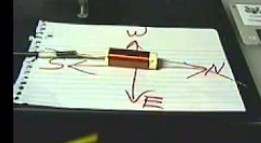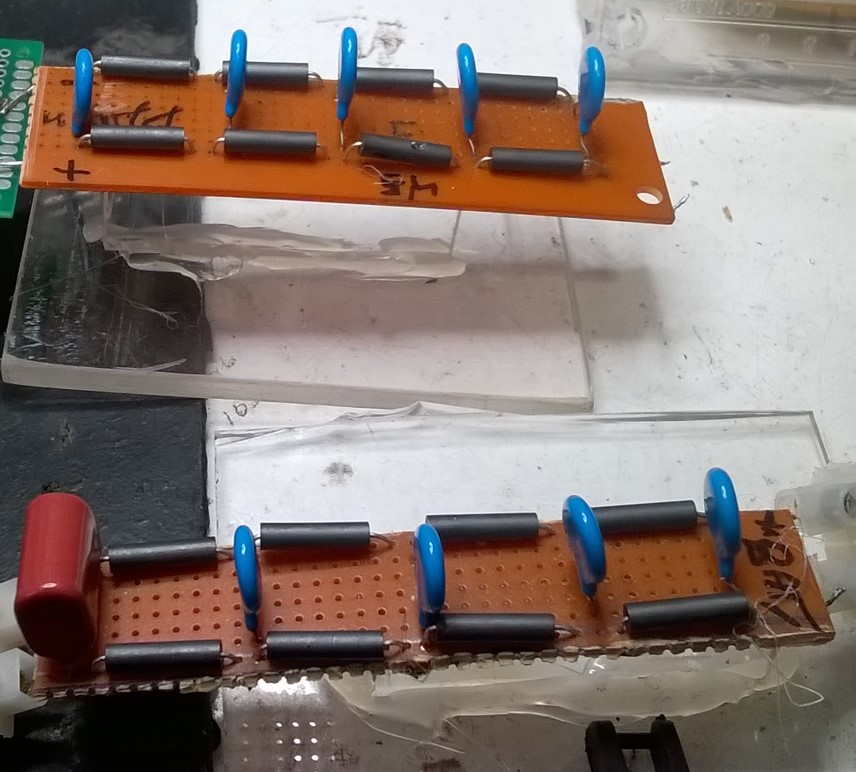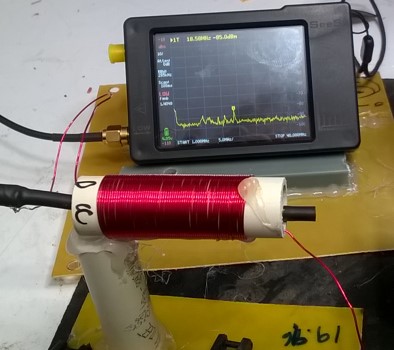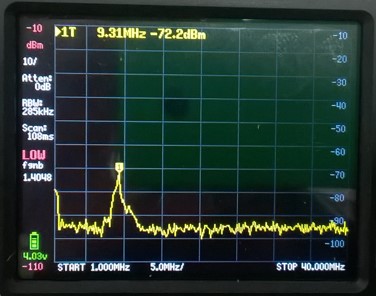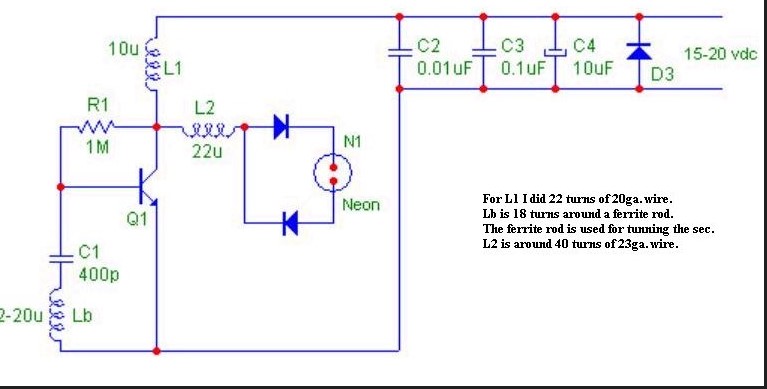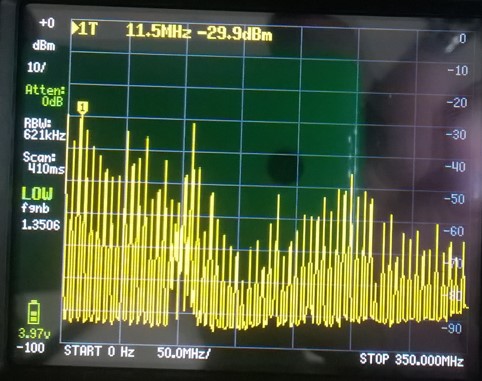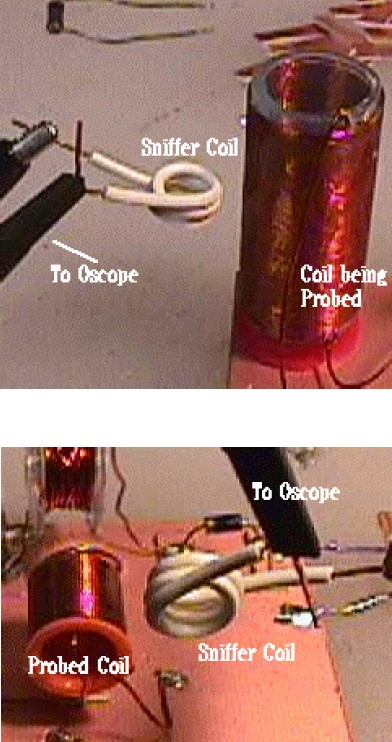Jagau
posted this
28 March 2023
- Last Edited 28 March 2023
Yes wonderful inception up to 5 ghz with a larger screen at a price of around $350.00 cdn and 109.00 for the tisysa the choice is yours.
Just a word of warning the Chinese do a lot of illegal copying and flood the market with copies whose software cannot be updated, as usual, make sure you buy an original as the original inventor advises on his website. It gives several ways to find illegal copies that cannot be updated.
Justa precision for those who are wondering between a VNA and an SA, it does not have the same use, each device has its place and can be used as needed;
Network analyzer(VNA) is used to measure reflection coefficients, transmission coefficients, insertion loss, return loss, S parameters and more. It takes care of measurement of components,devices and sub modules and is mainly designed to take care of measurements related to phase such as group delay which is not possible with spectrum analyzer.
Spectrum analyzer is used to measure carrier power level, harmonics, spurious, sidebands, phase noise and more and helps discover unwanted signals (this is what i need for my research and harmonics) and network analyzer helps measure known signals.
Jagau

